Low blood sugar. Hypoglycemia. They’re two terms for the same thing.
We will discuss the threshold for hypoglycemia, how to check your amount of time in hypoglycemia, and most importantly, what to do to reduce your time in hypoglycemia.
When people start optimizing blood sugar levels, they often believe that lower numbers are always better. This is only true to a point.
We know that hyperglycemia (high blood sugar levels) cause diabetic complications and should be avoided. Many people take this to the extreme, become scared of any higher number, and instead, are running in the hypoglycemia range regularly.
The fear and avoidance of high blood sugar levels turns into an acceptance of low blood sugar levels.
Even with steadier blood sugar levels and working to eliminate high numbers, hypoglycemia is dangerous and should be avoided.
We do not advocate running low blood sugar levels to get a low A1c, even if you might feel fine in those ranges. Regularly running in hypoglycemia ranges can increase your risk of stroke, coma, and death.
We DO advocate checking your data frequently, using glucose corrections to stay in your blood sugar range, staying safe, and adjusting your insulin when needed. More on all of this below.
Remember, low blood sugars are not due to a lack of food, but rather, too much insulin!
What is hypoglycemia?
Any blood sugar level below 70 mg/dL (3.9 mmol/L) is hypoglycemia (or a low blood sugar level).
How can you find/review your numbers?
If you're using a CGM, log into the online portal used to review your data. This may be Libreview, Dexcom Clarity, Nightscout, T:connect, CareLink or other program.
On the AGP report (looks like this), what is your % of time in hypoglycemia? The target is less than 4% of time in hypoglycemia, and this includes ALL the time you spend under 70 mg/dl (3.9 mmol/l), so add up both the "low" and "very low" numbers.
If your current % in hypoglycemia is above 4%, what can you do?
Correct low blood sugar levels with a controlled amount of glucose. This can be glucose tablets, measured liquid glucose, or glucose-based candies such as Smarties (in the USA). Glucose is measurable, rapid, and (relatively) easily transported. Dr. Bernstein provides a chart as a starting point on page 342 of his book, Dr. Bernstein's Diabetes Solution (2011).
Correct low blood sugar sooner. What are your alarms set at? If your low blood sugar alarm is currently set below 70 mg/dl (or 3.9 mmol/L), change it to this or an even higher number so you’re notified earlier. Then use the glucose correction listed in #1 above as soon as you reach this number. No delay.
Reduce your insulin. Frequent low blood sugar levels mean you're using too much insulin for your food and activity level. Many people need to reduce BOTH long-acting (or pump basal rate) and rapid-acting insulin when changing what they eat. Consult with your doctor/medical team if you're not comfortable adjusting insulin on your own.
Use basal testing to fine-tune your long-acting insulin dose. This can be an incredible tool to see what your blood sugar level is doing without the impact of food and meal-time (rapid-acting) insulin. You can learn more about basal testing here.
And for those of you who want to argue that lower IS better, I remind you that Dr. Bernstein recommends a target of 83 mg/dL (4.6 mmol/L) for adults and states that 10 mg/dL (0.5 mmol/L) under that number is hypoglycemia (Bernstein, 2011, p.335). Another doctor with T1D who advocates for low carb, Keith Runyan MD, targets 100 mg/dL (5.5 mmol/L) because 83 mg/dL is just too close to hypoglycemia and doesn't leave any room for error.
Even if you feel fine, Dr. Bernstein (2011) states, "Having no symptoms is NOT a valid reason for not taking [glucose] tablets. A low blood sugar without symptoms carries more risk than one with symptoms." (p.343)
Dr. Runyan states, "My highest priority in treating T1D is to avoid hypoglycemia even if that means that other goals are not quite met. Because hypoglycemia is dangerous, I suggest everyone with T1D make its avoidance their highest priority as well" (p. 183).
To Recap:
If you're running low blood sugar levels/hypoglycemia more than 4% of the time, make sure your CGM alarms are set at 70 mg/dL (3.9 mmoL) OR ABOVE, and correct to your target blood sugar level with a controlled amount of glucose every time that you reach that number/alarm.
If you experience frequent hypoglycemia, reduce insulin slowly and in a controlled fashion. Consider basal testing to fine-tune your long-acting insulin dose(s) to avoid hypoglycemia.
We want everyone to stay safe while targeting steady, normal, non-diabetic blood sugar levels.
Blood sugar levels under 70 mg/dl/3.9 mmol/L are NOT the goal!
If you’re looking for steadier, more predictable blood sugar levels in a safe target range, schedule a no-pressure consultation to learn more about how we can partner to help you reach your health goals.



Observations of a decade of low carb for T1D management. Has it been worth it? What are the regrets? And what has changed in that time.